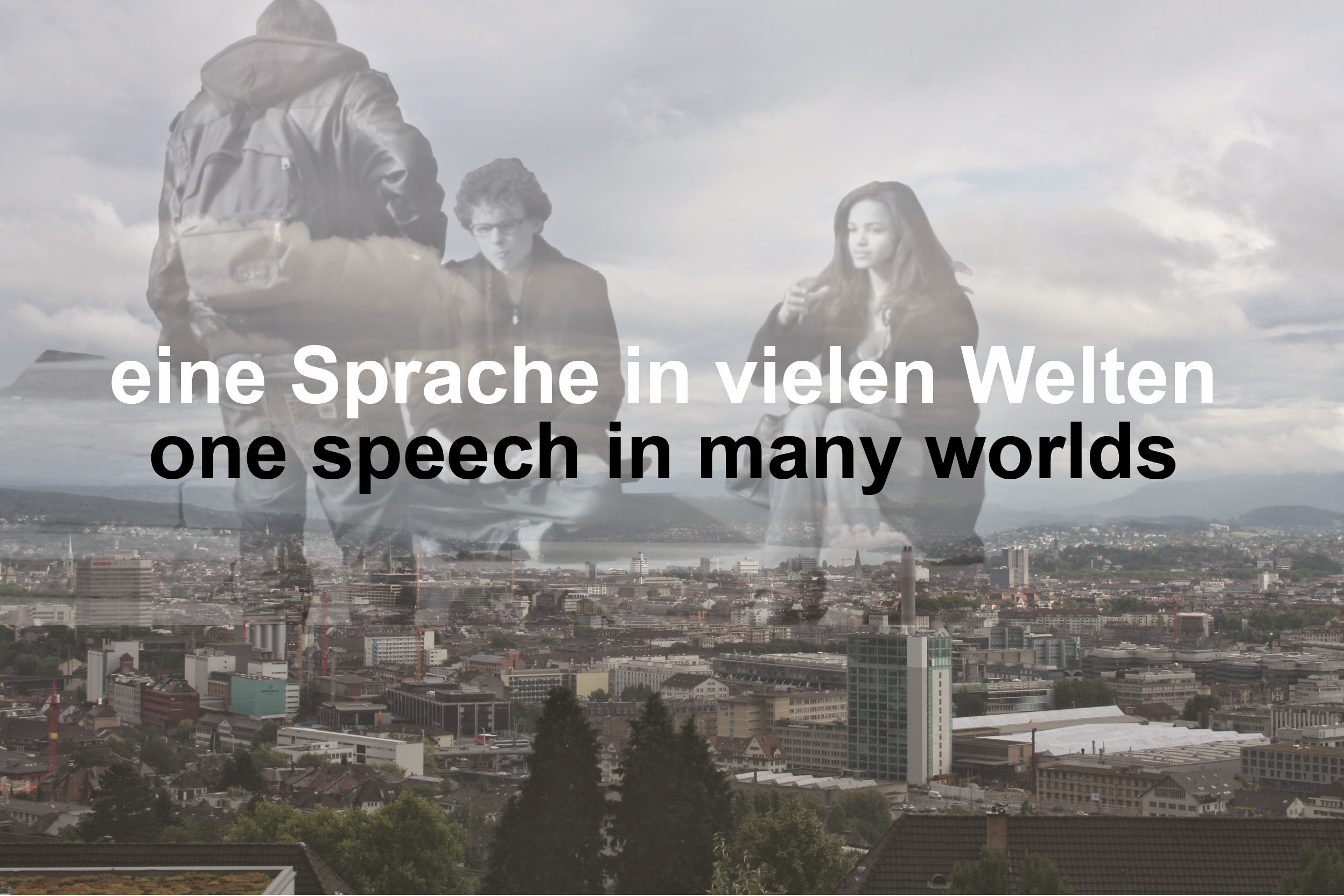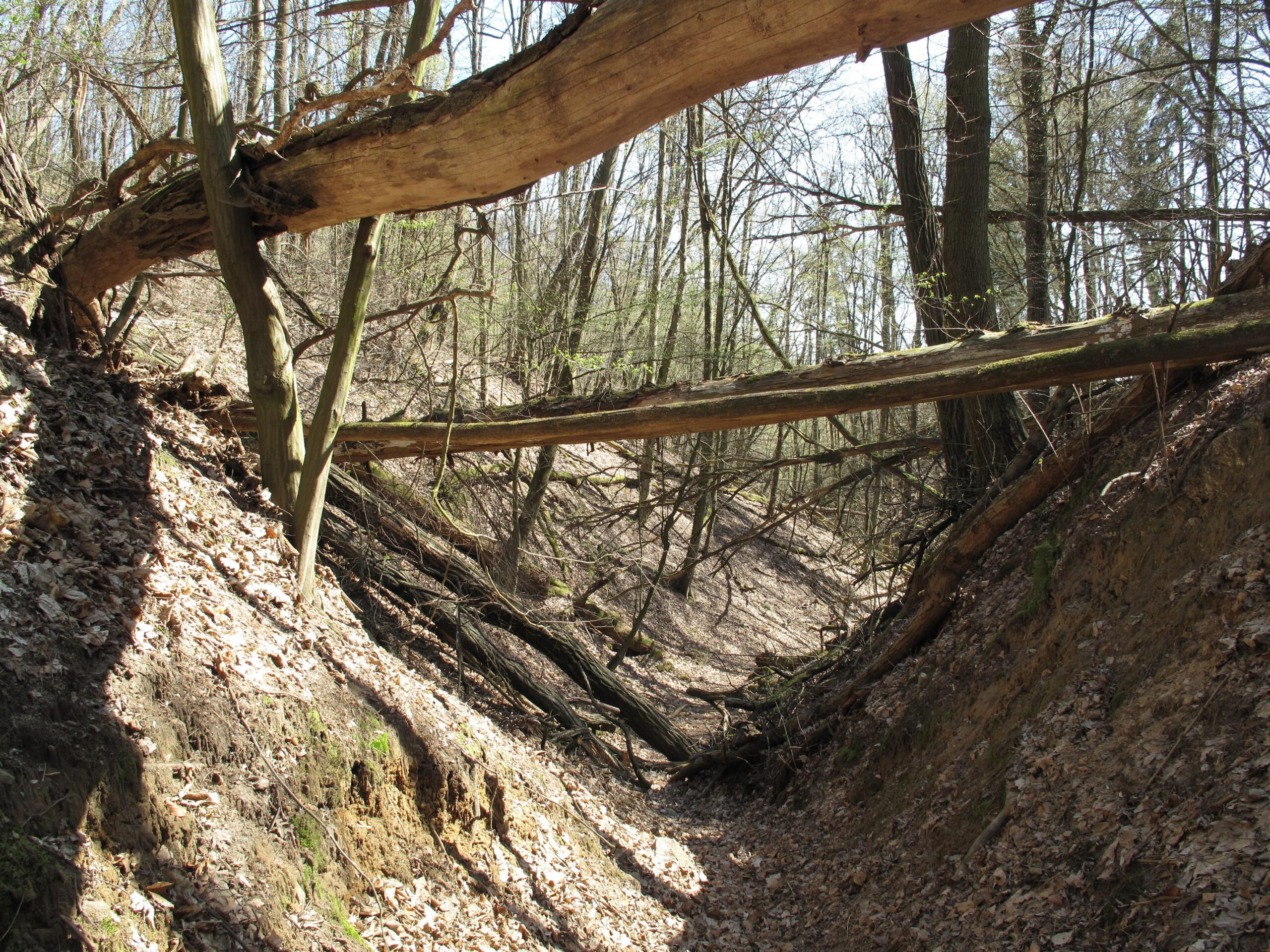The growing ability to visualise cause and effect due to fast-moving events and media support demonstrates to the human mind the influence our lifestyles have on our own circumstances. Following the renewed extreme weather events of recent days, controversial discussions on climate change forecasting and prevention are once again taking place. Sociologist Macel Schütz has some fundamental views on this.
Hamburg, September 19th, 2024. As unexpected as the weather often seems, it hardly ever is. Anomalies usually become clearer earlier due to meterological calculations. But preparations are still hardly conceivable. What can be done about this form of powerlessness is a question that is currently being asked not only in Europe.
„It is obvious that such an acute weather event cannot be managed with everyday expectation management,“ says Prof Dr Marcel Schütz. The sociologist and organisational researcher at the Northern Business School in Hamburg focuses on how society deals with disasters: „The word disaster from the Greek means something like a turning point. In the natural environment, we experience serious turns in our lives as quite sudden, rapid, sometimes brute upheavals. During storms, flash floods, forest fires or earthquakes, people find themselves in hopeless situations from one moment to the next, are left to fend for themselves or are torn from their lives.“
Prof Schütz is concerned with the sociological components of safety perception, forecasting possibilities as well as vagueness and disappointment. „Meteorologists don’t want to jump the gun and fuel alarmism. However, weather today is also infotainment and follows the rules of the attention economy. If you don’t warn clearly enough and in good time and then worse damage occurs, there are serious reproaches.“
„Predicting catastrophic weather is always about communicating provisional probabilities,“ Schütz points out. The weather models of the high-performance computers calculate scenarios in different variants at intervals of several days. The geographical boundaries and the intensity of the foreseeable extreme weather often change according to the many parameters. „You don’t get the details in the weather forecast on the evening news. You see a snapshot.“
The ups and downs in the models of extreme scenarios also put the metrologists under tension. „It causes tension and excitement: is the hurricane coming, will we get half a metre of snow, will our valley be flooded? With all the high-tech, the weather experts have to get to grips with the constellation.“ During dynamic extreme situations such as major thunderstorms, flash floods or massive air mass boundaries, the extent can sometimes only be estimated „live“. „And then you have to decide whether a mountain hike, swimming lake or long car journey is still appropriate. For public protection, it’s better to have one more warning than one too few,“ says Schütz. Incidents like the one in the Ahr valley three years ago are regrettable counterexamples.
According to relevant research, the increase in extreme weather is clearly associated with climate change. However, this cannot be interpreted in general terms. It usually helps to look at the past. Schütz is of the opinion that if you take a closer look at weather events in the past, you can compare many of them with current weather conditions. On the one hand, this helps with further assessment and, on the other, it also makes it clear where exactly you are on the timeline.
Extreme hot summers such as in 1540 with months of drought meant that the Rhine began to dry up and people drank wine because they could not afford the scarce, more expensive water.
Another example is the icy winter of 1708/1709, when countless people had nothing to heat their homes, lost limbs, ears and noses and froze to death.
For a historical study, Schütz looked at documents about the Magdalen flood of 1342, probably the worst flood of the last millennium in inland Central Europe. This catastrophe is linked to a weather situation – known as the dreaded „Vb low“ – that meteorologists believe was similar to the one last weekend, although the extent was much more drastic at the time. „Such extreme events in the Middle Ages and early modern times give us an idea of how bad the situation was for life and limb in large numbers. Livestock and people drowned by the thousands. There were no warning and rescue systems as we know them today. Dramatic crop failures, famines and plague followed immediately afterwards. Weather disasters caused social catastrophes.“
In some regions, the consequences of the extreme floods of 1342 are still visible today. The floods caused deep indentations in forest soils and there was massive erosion in some regions, making farming difficult to this day (see illustration). The „millennium flood“, as it is called, occurred in the midst of natural climate change, in the transition from a warmer phase to the so-called Little Ice Age.
„Despite this knowledge, we are not really good at predicting weather disasters,“ says Schütz. Cause and effect is even a phenomenon known from learning theory. There is currently a growing tendency for us to be able to better perceive, understand and comprehend cause and effect through reappraisal, technologies and fast-moving change.
Video and image material of people in social media postings, standing in amazement and shock next to the results of weather events, still shows the existing lack of understanding.
There is still no clearly recognisable connection between the domestication of natural spaces, such as the straightening and acceleration of river courses, sealing, deforestation or the development of land, between a seemingly disrespectful intervention and the understanding of the resulting personal loss of what we have come to love.
„The full forces of nature can be experienced to the extent that we try to limit them. These accidents teach us the hard way that we must not destroy water, soil, meadows and trees without restraint.“
While weather and climate catastrophes were still an expression of divine judgement in medieval times, today they are more likely to cause political controversy. Schütz: „We don’t really recognise that the forces of nature simply stand for themselves anymore. As a result of climate change, everything that the weather has in store in terms of extremes is problematised as a climate crisis. There are direct attributions as to who is to blame and who is not doing enough to protect the climate: politics, the economy, society as a whole with its consumption.“
If you have a lot, you can also lose a lot – often it’s what you love. Those who respect nature sufficiently can enjoy its naturalness. As Schütz emphasises, there is also another side to such severe weather phenomena.
„I am fascinated by the change of seasons, the constant surprise, the beauty and the horror. What you hope for from the weather and what you get in the end. Even if climate change is unfortunately robbing us more and more of the snow, which I really like myself. Thousands of years ago, people saw the clouds and felt the winds just like we do. In a thoroughly modernised world, the weather is the unpredictable constant and remains a bit of a mystery – of course.“
ImageSource Lienhard Schulz, Lizenz: CC-BY-SA
The Wolfsschlucht gorge near Pritzenhagen in Märkische Schweiz (Brandenburg). Deep indentations such as this one from the 14th century – caused in particular by the infamous Magdalen flood – are still clearly visible in various places today.



Schreibe einen Kommentar